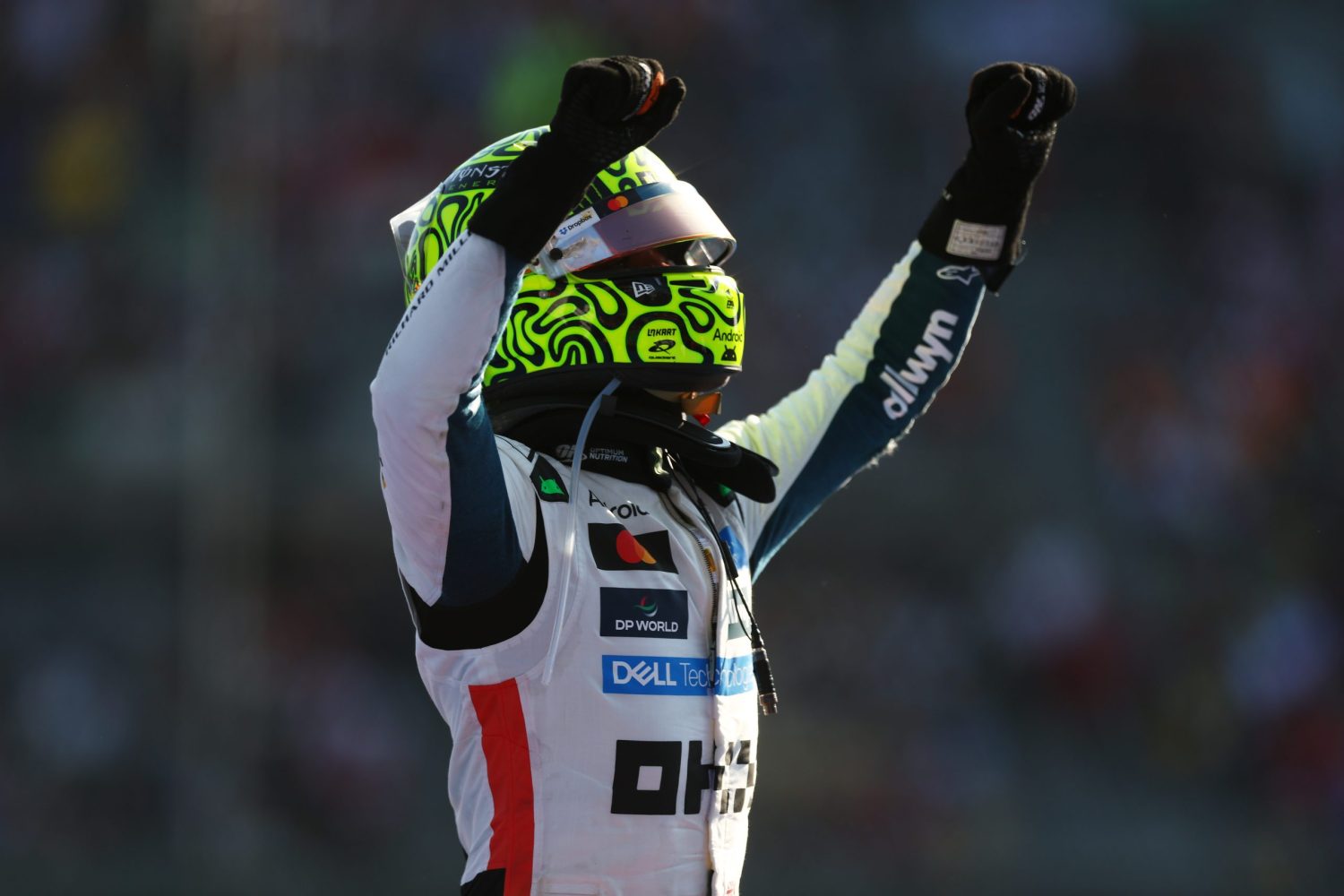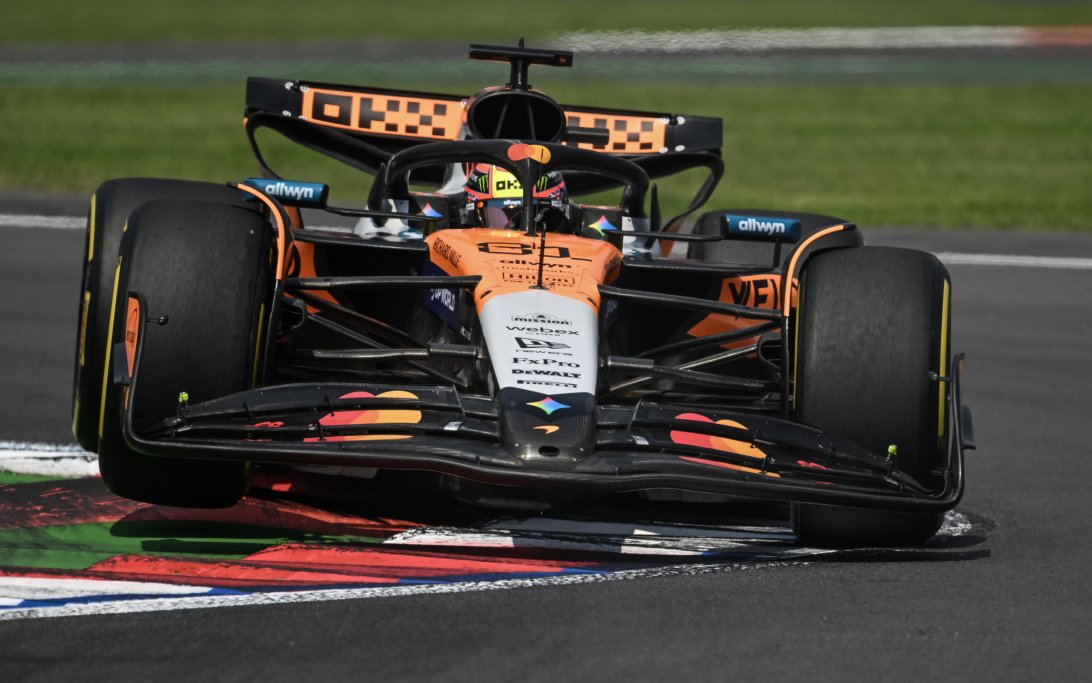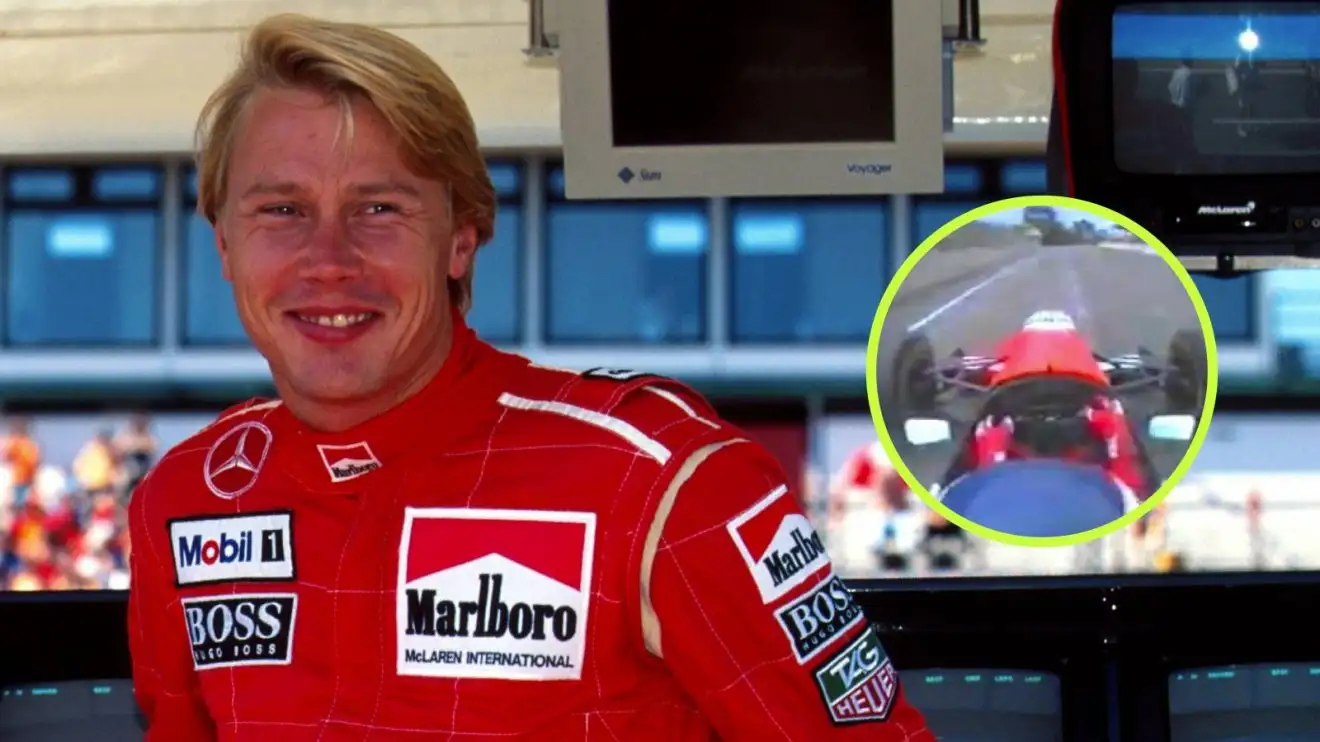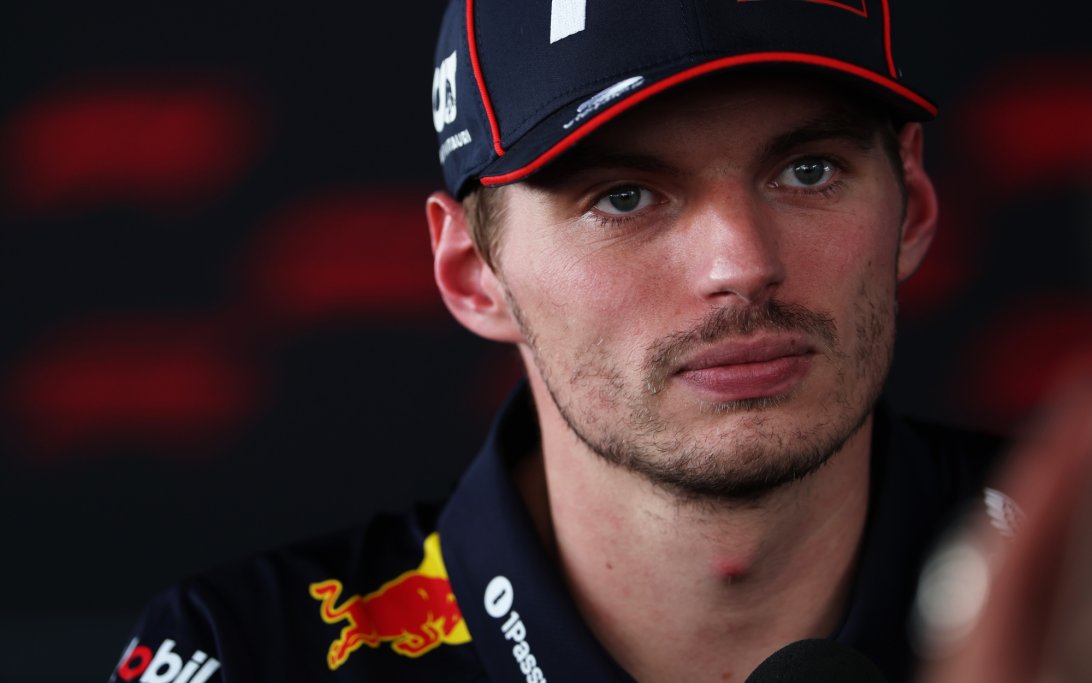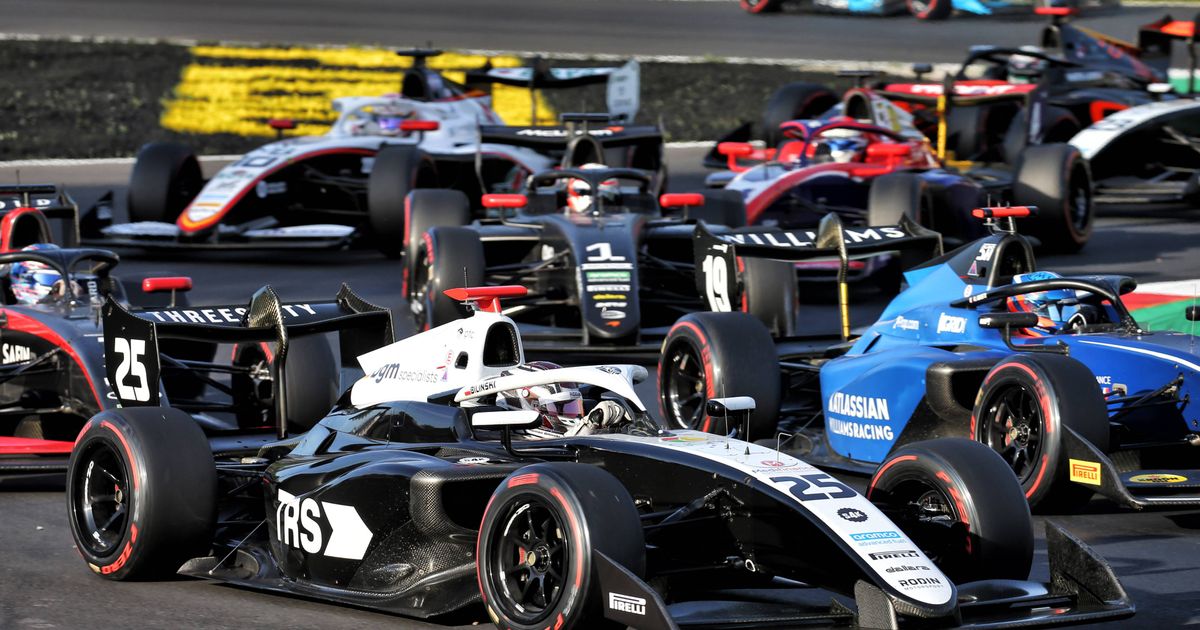
Retro: Button's Epic 2011 Canadian GP Win and Its Lasting Impact on F1 Wet Races
Jenson Button's legendary victory at the 2011 Canadian Grand Prix, a race lasting over four hours, is remembered as one of Formula 1's most improbable comebacks and Button's finest drive. From last place, he clawed his way to the top, ultimately forcing Sebastian Vettel into a race-deciding error on the final lap. Beyond the thrilling spectacle, this race profoundly influenced F1's approach to wet weather racing.
Why it matters:
Button's 2011 Canadian Grand Prix victory wasn't just a remarkable display of driving skill; it was a pivotal moment that highlighted existing flaws in Formula 1's rulebook regarding race duration and safety protocols in extreme weather. The aftermath led directly to changes that continue to shape how wet races are managed today, prioritizing driver safety and influencing aerodynamic and tire development for future regulations.
The Details:
- A Race of Attrition: The 2011 Canadian Grand Prix set the record as F1's longest race at 4 hours, 4 minutes, and 37 seconds, a record unlikely to be broken.
- Early Incidents: Button's race was fraught with challenges from the start, including collisions with teammate Lewis Hamilton and Fernando Alonso, a drive-through penalty for speeding under a Safety Car, and five pit stops.
- Hamilton Collision: On lap 7, Hamilton attempted an aggressive overtake on Button down the main straight, resulting in contact that damaged Hamilton's tire and brought out the Safety Car.
- Alonso Collision: After a two-hour red flag period due to torrential rain, Button made contact with Alonso at Turn 3, leaving the Ferrari driver stranded and prompting another Safety Car. Button subsequently pitted for a puncture and a new front wing, dropping him to last place.
- The Comeback: Starting from 21st (last place) on lap 41, Button embarked on an incredible charge through the field, showcasing exceptional pace and tire management.
- Slick Tire Gamble: On lap 51, Button shrewdly opted for slick tires as a dry line emerged, a move that quickly paid off as he leapfrogged several competitors.
- Final Lap Drama: After closing a 3.1-second gap to race leader Sebastian Vettel in the final laps, Button capitalized on a critical error by Vettel at Turn 6 on the very last lap, taking the lead and securing a monumental victory.
How it Changed Wet Races Forever:
- Time Limits Imposed: The unprecedented length of the 2011 race directly led to the introduction of a maximum four-hour race duration, later reduced to three hours in 2021. This ensures races conclude within a reasonable timeframe, regardless of delays.
- Proactive Red Flags: The race also marked a shift in how red flags are deployed. The two-hour stoppage was called due to the severity of the weather conditions themselves, not just in response to an accident. This proactive approach to safety in extreme wet conditions has become more common.
- Visibility Concerns: While grip levels have improved with wet tire technology, poor visibility due to spray remains the predominant issue in modern wet F1 races. This has prompted ongoing research and development into solutions like wheel guards to mitigate spray, with potential improvements expected from the narrower tires and bodywork under 2026 regulations.
What's next:
F1 continues to grapple with optimizing wet weather racing, balancing the spectacle with driver safety. The proactive measures taken since 2011, and ongoing efforts to reduce spray, indicate a commitment to safer racing, even if it sometimes means delays. Button's iconic drive not only delivered a thrilling finish but also forged a path towards a more considered and safer approach to racing in adverse conditions.
Original Article :https://www.motorsport.com/f1/news/retro-buttons-greatest-f1-win-and-how-it-chan...




